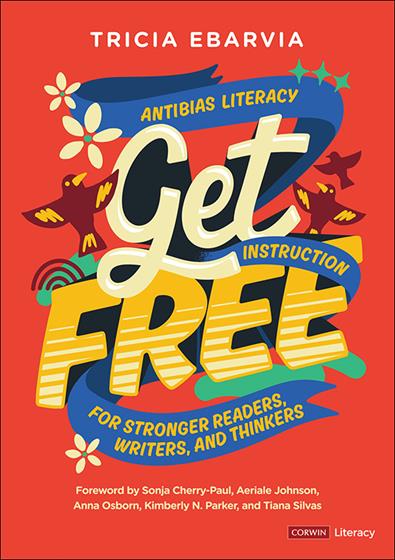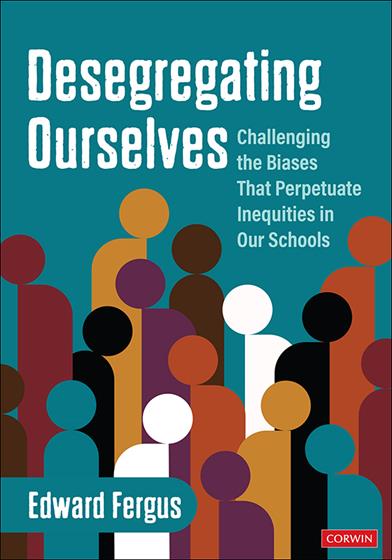Who Will Remember?: Racial Identity and Civil Rights Literature for Black Children at Freedom School
By Rebekah E Piper and Tambra O Jackson
Journal of Early Childhood Literacy; 2022; Volume 22, Issue 4
Educators face numerous challenges when teaching the Civil Rights Movement, and students suffer whether the cause is insufficient curriculum materials or a lack supporting resources. But engaging with the difficult topics raised by this subject matter is crucial for student development and can improve everything from racial understanding to teacher practice.
As recently as 2014, it was found that fewer than half of all U.S. states include information on Jim Crow laws in their curriculum. Only seven states required teaching about James Meredith, only two about Ruby Bridges, and just one required teaching about Charlayne Hunter Gault. Even when civil rights topics are taught, research has shown that teachers will deflect or pass over difficult material to emphasize positive improvements and generalize struggles so as to remove their racial components. This can have an especially egregious effect on young Black children, whose racial identity development is intertwined with the history of racism and slavery in the United States. This study, which looked at racial identity development in Freedom Schools organized by the Children’s Defense Fund, found that engaging with such difficult topics not only had a positive impact on students, but led to improved teacher-student relations and an improved ability to navigate complex discussions about race and history.
Using parent and student interviews, classroom observation, and both audio and video recordings, researchers looked at the effect of Movement Oriented Civil Rights-Themed Multicultural Children’s Literature (MO-CRiTLit) on Black and Brown students in a summer Freedom School program. All of the students reported experiences indicative of an improvement in the development of their racial identities, but also made remarks that emphasized the relatability of the MO-CRiTLit texts, their appreciation for being able to ask difficult questions (including questions about the “N” word and segregation), and the improved relationships they developed with their teacher, who embraced these topics and modeled how to have hard conversations.
Related Titles
Resources
- A sample of the MO-CRiTLit texts selected by the Freedom School committee is provided as Table 2 in the Study design section of the paper.
- Southern Poverty Law Center offers a framework for teaching the Civil Rights Movement, which is free to download from their website. It includes guiding principles, recommended practices, and numerous reading resources that qualify as MO-CRiTLit according to the terms of this paper.
Reflection Questions and Next Steps
- Several children in this study remark on the quality of the curricular materials used in their home schools (i.e., the schools they attend during the regular school year), calling them “scripted” and “leveled.” How do you think your students would describe the materials you use to teach the Civil Rights Movement?
- This study also notes that “schools serving a high population of African American and Latino students place emphasis on a more narrowed standardized curriculum, more so than schools in culturally affirming contexts.” Why do you think this is? Do your classes focus more on fluency and level proficiency than critical comprehension? If so, what could you do to change that?
- Compare the civil rights reading materials used by the Freedom School (Table 2) with those used in your class. How do they compare? How would you describe their content? Why do you think the Freedom School committee selected them?
- Review the framework for teaching the Civil Rights Movement provided by the Southern Poverty Law Center. How does it compare to your school’s curriculum? What topics does it cover that yours doesn’t?
- Do your teachers receive professional development opportunities for discussing race? Are they prepared to have difficult conversations about race in their classrooms? Knowing that such discussions in the study had a positive impact on teacher-student relationships, what kind of supports do you think your teachers need most?


![Antiracist Reading Revolution [Grades K-8] book cover book cover](https://corwinpress.azureedge.net/sp-corwinpress-prod/images/default-source/books/book-285663-v285663-130242-u63838490040000000.jpg?sfvrsn=b4156fb9_0)
